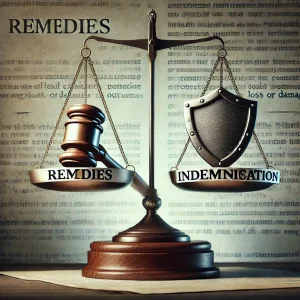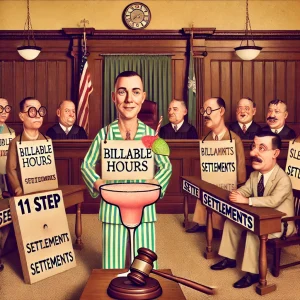Writing is simple. Here is my step-by-step guide.
First, use the bathroom. Unless you have an overactive bladder or IBS, you shouldn’t have to go again for at least one hour. Thus, you have already eliminated one possible excuse you might otherwise use to justify not writing.
Second, find a quiet place where family, friends, missionaries, and door-to-door salespeople cannot bother you. If the phone rings, ignore it. (If you must answer, try saying, “North Korean Defense Ministry, how may I help you?”). I get a lot of good ideas this way.
Third, sit in a comfortable chair, close your eyes, breath easily, and visualize a big dumpster on a hot day. Smell it. See the flies buzzing around it. Now visualize all the nitpicky little rules your high school English teacher drilled into you, and toss them into the dumpster. Good. Visualize all the cookie cutter formulas reviewers love to use as a checklist in writing their reviews, and toss those into the dumpster too. Walk away from the dumpster. Don’t look back. You feel better already, don’t you?
Fourth, now you must escape your analytical mind. Remember, the root word of “analytical” is “anal.” Writing is not a logical process. If you write in a left-brained state, an obnoxious little voice inside your head will criticize every sentence as it appears on your monitor. “That sentence sucks,” it will say. “I’ll never be a good writer. I am a failure and always will be. Maybe I should move to Finland.”
There are proven techniques to help free yourself from your analytical mind. A glass of good cabernet is one, but that is not always feasible, particularly if you like to write while driving. If wine is not an option, a few minutes of meditation should do the trick. Count backwards from one hundred in multiples of three. Draw a picture of a platypus with your non-dominant hand. Utter a few lines from your favorite movie. One of my favorites is, “Captain, it is I, Ensign Pulver, and I just threw your stinkin’ palm tree overboard! Now what’s all this crud about no movie tonight?”[1] It does not really matter how you do it – just get your mind into a creative state.
Now you are ready to write. This is the fifth step. Don’t think about what you are going to write. Thinking is bad. If you type “the” and immediately sit back to ponder whether you might have used a better word, go back to Step Four. Have another glass of cabernet.
Just write. If you don’t know what to write, type one sentence – whatever comes into your mind. If the best you can do is, “The car was red,” that’s fantastic! Now you have a storyteller and an object – a red car.
Now write a few more sentences – whatever comes into your mind. “Joe hated red cars. He had hated them ever since his stepfather made him take the red Volkswagen on the night of his senior prom, more than ten years ago.” Wow, we have a character – Joe. We know he is ten years out of high school. We know he had a stepfather.
We need a plot. Write a few more sentences – whatever comes into your mind. “But this car was different. Not only was it red on the outside, it was red on the inside. Blood red. And it was his stepfather’s blood. Yes, Joe had some ‘splainin’ to do.”
Now we have our first paragraph!
I do not enjoy outlining or creating character profiles. That is work, and I don’t like work. I prefer to just write, knowing that I will edit and change things as my story progresses. By the time I complete this book, there may not be a red car, or a Joe, or a stepfather. Maybe my subconscious will come up with an idea while I am sleeping. The point is that I got something down on paper – I now have some raw material that I can shape and mold a little bit more each day.
That’s how I write.
Oh, I forgot to tell you. This process works for me; it might not work for you. If this does not work for you, toss it into the dumpster and find something that works for you.
That line was uttered by Jack Lemmon in Mister Roberts. He was talking to James Cagney, who played the role of Captain Morton.





